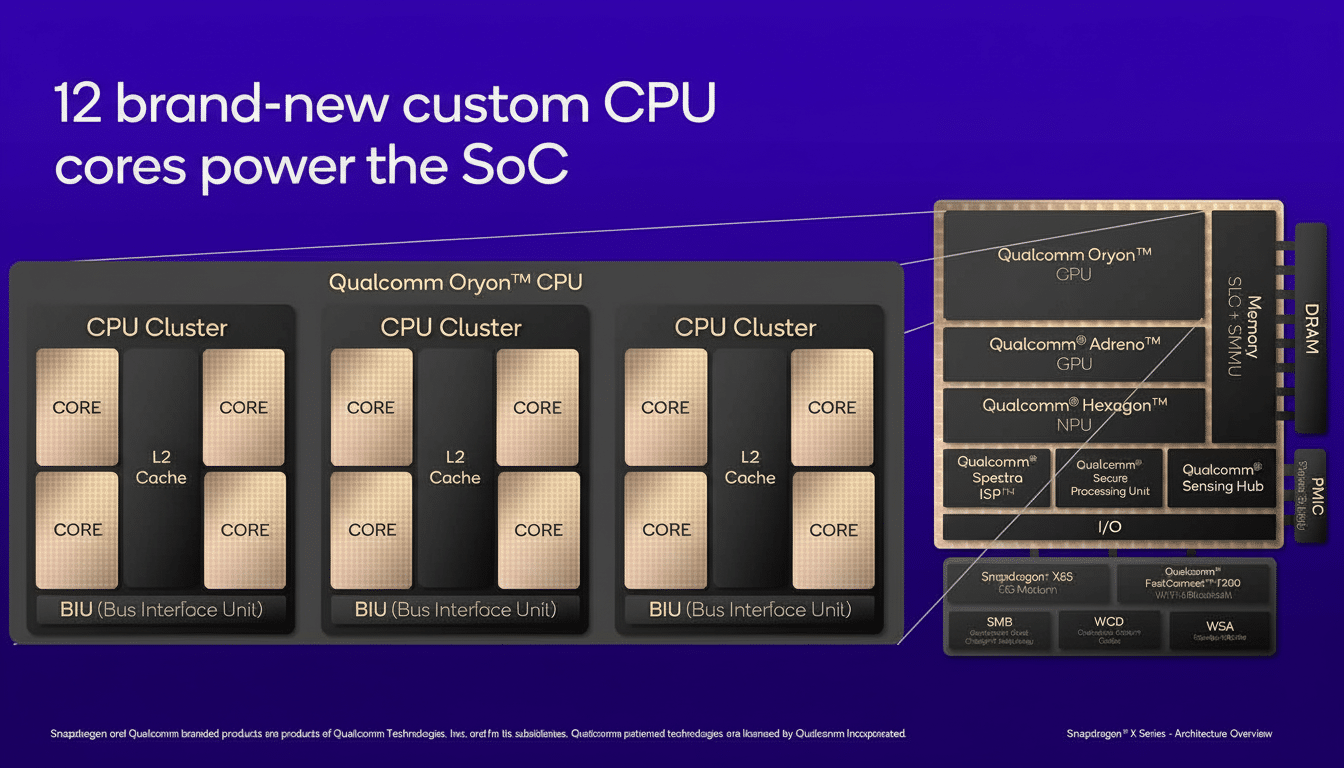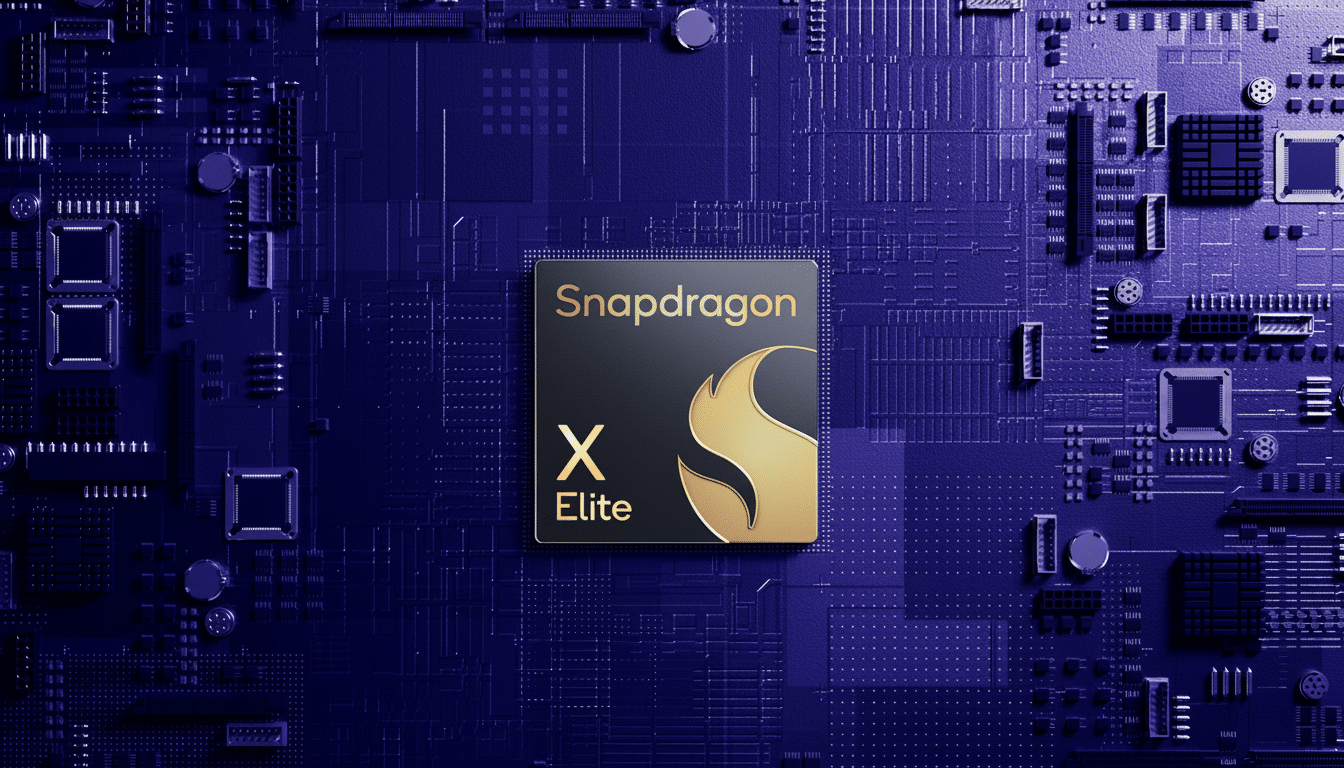Flagships powered by Snapdragon are producing better benchmarks across a few—both synthetic and real-world applications that include video transcoding, browsing, web application tests, etc., than Google’s Pixel offerings. And with mobile experiences ever more defined by AI workloads and console-grade games, the performance gap is increasingly difficult to shrug off. Unaffiliated scores from Geekbench 6 and UL’s 3DMark regularly demonstrate Qualcomm’s latest platform providing roughly two times more multi-core CPU throughput and about two and a half times better graphics speeds against the newest Tensor generation from Google.
That kind of headroom may not be immediately visible when you’re scrolling through social feeds, but it matters when rendering complex scenes, driving local generative models, or sustaining high frame rates over a marathon gaming session. The issue here isn’t that Snapdragon is faster, but by the increasing margin by which it continues to prevail.

Customized CPU Cores Drive the Momentum
Central to Qualcomm’s lead is its in-house Oryon CPU design. While all major mobile chips make use of Arm instruction sets, most license off-the-shelf cores from Arm. Qualcomm broke away by constructing its own microarchitecture, and this gave it the freedom to drive aggressive clocks and very wide execution resources without having to wait on Arm’s cadence. Recent Snapdragon Prime and Performance cores have been seen to peak around 4.6 GHz and 3.6 GHz, supported by significant cache and robust power delivery—choices that benefit absolute-throughput seekers who aren’t willing to settle for bottom-bin parts; they want as much of the good silicon as possible.
Google’s Tensor platform is built around Arm’s standard cores and a more traditional big-middle-little design. The most recent Pixel flagship goes up to about 3.8 GHz on a single big core and around 3.0 GHz on the mid cores, with small efficiency cores topping out at approximately 2.25 GHz. Frequency isn’t destiny, but combined with reduced “big” resources and smaller caches, this architecture leans toward efficiency and cost rather than peak compute. It’s a design posture, not just a tuning knob overlooked in translation.
Graphics Architecture and the Gaming Edge Explained
Qualcomm’s Adreno GPU is another in-house pillar. After moving away from third-party roadmaps following the AMD mobile years, Adreno evolved a vision of tile-based/immediate-mode rendering scaled up to laptop-class silicon and then added hardware ray tracing. Critically, Qualcomm can not only allocate die area where it drives gaming metrics—in rasterization units and memory bandwidth optimizations, for example—but it can also support it with driver work that’s been polished over years of collaborating with major game engines.
Google, on the other hand, procures GPU IP from Arm or Imagination Technologies and typically selects smaller mid-tier configurations to fit within area and power constraints. Recent Pixel chips omitted hardware ray tracing, choosing instead to invest in modest GPU blocks. The results are easy to see in 3DMark scores and sustained gaming: critics often remark that Snapdragon devices from brands like Samsung, OnePlus, and Xiaomi, for example, hold higher frame rates over longer periods of time playing game titles like Genshin Impact or Call of Duty: Mobile with fewer thermally driven dips.
Silicon Economics Lead to Different Decisions
Leading-edge manufacturing is brutally expensive. For GPUs or larger CPU clusters, TSMC’s N5 and later nodes can be particularly cost-sensitive in terms of mm², with each additional square millimeter dedicated to chip area adding both cost and additional challenges for power delivery. From industry chatter, Qualcomm’s premium mobile chips go for over $150 per unit to OEMs—but that tells you how much spend is being reflected there; through supply-chain analysis (which costs far less), we have seen Google’s target for Tensor set lower—in the mid-$60 range if they keep the die small.
Those economics are why Snapdragon favors pushing toward maximum performance, while Tensor leans toward “good enough” compute, battery efficiency, and AI-focused blocks. We should point out that Apple, which also outsizes its cores, shows that paying the silicon tax works if you want top speed. Google is just optimizing for a different equation.
Benchmarks and Real-World Performance Findings
As observed in recent test cycles tracked by labs and reviewers, Snapdragon flagships continue to put up single-core-competitive and multi-core-dominating performance on Geekbench 6 and 3DMark, with the typical “2x CPU and ~2.5x GPU” lead posted across tests in early comparisons made between Snapdragon and the latest Tensor generation.

Equally important: Snapdragon devices often have stronger sustained performance under thermal load, which is a good thing for long gaming stints, 4K video editing, or on-device AI processing.
That means, in terms of concrete wins: faster video exports, smoother emulation, higher and more consistent FPS at a given power target, and faster local inference on larger models. It’s not just academic—it determines what developers can confidently ship at scale across the Android ecosystem.
AI’s Influence on Google’s Evolving Pixel Strategy
Google’s counterbalance is sophisticated software as well as AI features. The Pixel experience is grounded in things like Call Screen, Recorder transcription, on-device photo editing, and context-aware meme-ing that are enabled by specialty NPUs and custom pipelines. When the chip and the apps are designed in concert, for these kinds of applications there is a latency and efficiency advantage.
But Qualcomm’s AI stacks have grown quickly, and many Google features play excellently on Snapdragon phones as well. At the same time, camera quality on Android is increasingly the product of computational photography frameworks and sensors rather than a single hardware accelerator. In other words, Tensor’s AI emphasis doesn’t magically supplant a lack of raw CPU/GPU power—particularly as games and creative apps become ever more complex.
What Would Close the Performance Gap Between Them
Such an act of convergence would mean that Google has to spend a lot more silicon budget on performance: using Arm’s latest big cores, beefing up mid cores, giving the GPU block ray tracing and higher bandwidth, and leaning into cache.
That means tolerating higher per-chip cost and tighter thermal envelopes, or farming out the speed-first brief to a top-shelf third-party SoC like a flagship Dimensity.
Until that math changes, Snapdragon’s mix of custom CPU design, scalable Adreno graphics, and willingness to pay for die area will keep it ahead. Pixels will continue to be the software-geeky choice, but when it comes to brute-force compute or graphics, Snapdragon still leads the way.

